Personalized Campaigns with Multilingual Copies
Create and personalize content in multiple languages, with automatic font detection, easy sharing, and involve translators contextually.
Book a Demo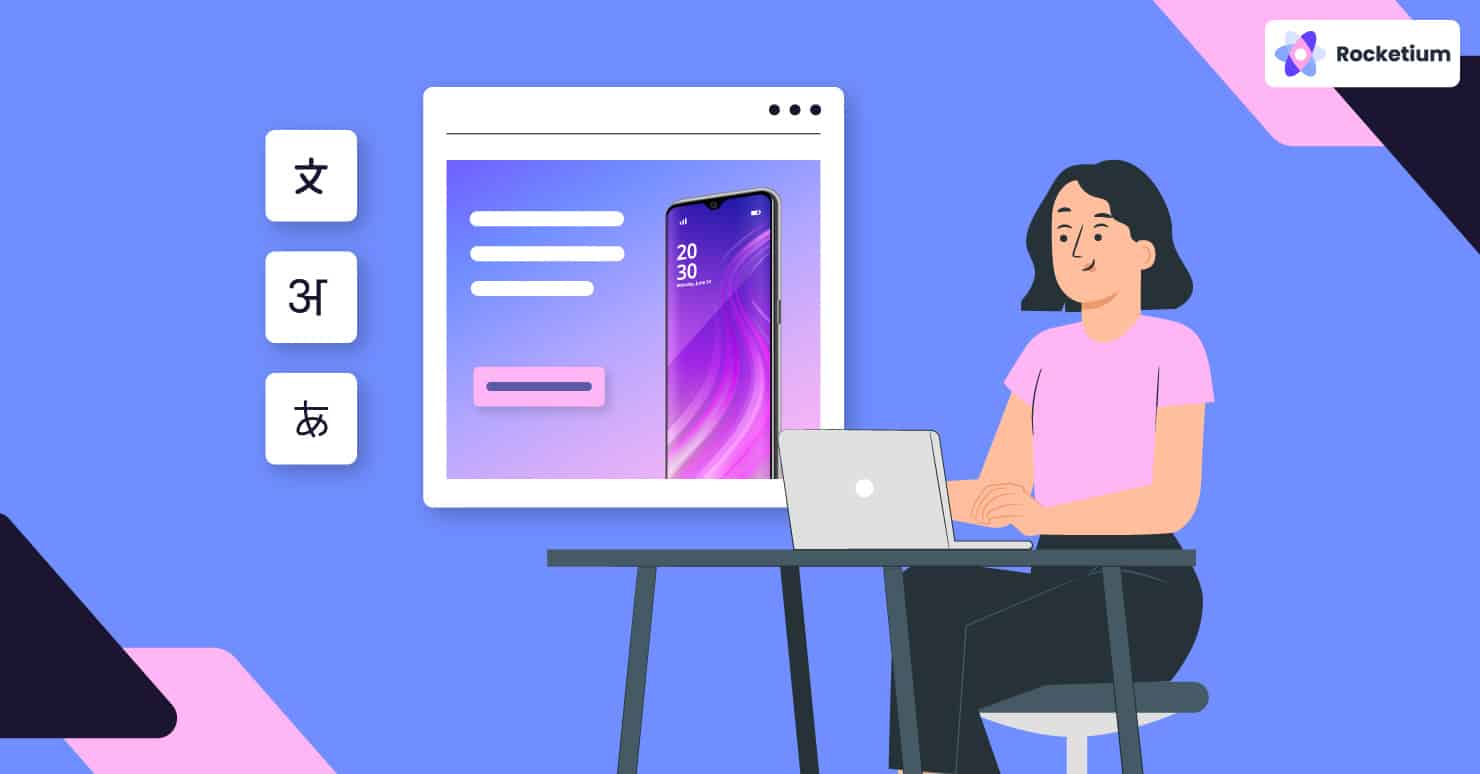
Create and personalize content in multiple languages, with automatic font detection, easy sharing, and involve translators contextually.
Book a Demo
There has been a subtle shift in how marketers plan and execute multilingual marketing campaigns. However, the impact of this shift has been anything but subtle. Localizing marketing campaigns has helped brands make headway in international markets. To be sure, this is not a new concept by any means.
Multinational brands like Pepsi and KFC have done multilingual marketing campaigns for decades – with some backfiring spectacularly.

However, with the focus shifting to location-based targeting, marketers today are diving deeper into the cultural and social sensibilities of the target audience.
The result: contextual campaigns in a variety of local languages (as opposed to marketing translation) that have been shown to be far more effective in terms of CTR and conversion. In just a few years, multilingual advertising has become the norm across diverse verticals such as OTT, enterprise SaaS, gaming, and eCommerce.
However, for every brand that has cracked the secret of campaign localization, hundreds are still struggling. For all their advantages, multilingual marketing campaigns can be hard to scale. Errors at the translation and copy editing stages often slow down campaign roll-out, if not stall it entirely.
Launching a campaign across multiple regions at once without the proper multilingual marketing strategy can also be a nightmare. In such situations, risks to brand reputation go up a hundredfold. Bridging the scale versus quality gap with a high degree of assurance is thus critical when it comes to multilingual marketing campaigns.
It’s an open secret. Localizing marketing assets for language and cultural affinity can be time-consuming and expensive. After all, they would have to be contextualized to be truly effective. Research shows that mere marketing translation won’t work.
Here are a few proven strategies to help you create compelling visual multilingual marketing campaigns consistently:
Rather than designing a new ad creative for each language you want to target, you can scale campaigns faster by making a base template once and adapting it as needed.
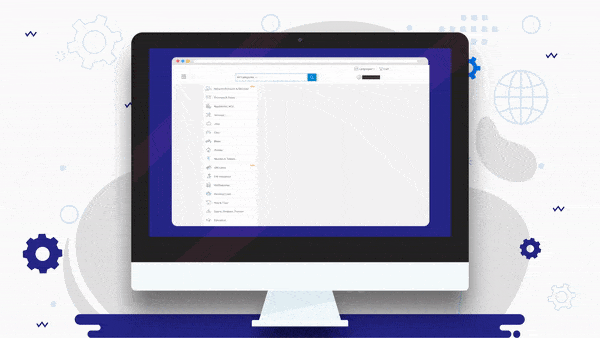
Next, set up your brand library from which you can then switch elements like logo, copy, font color, and format for multiple channels at the click of a button.
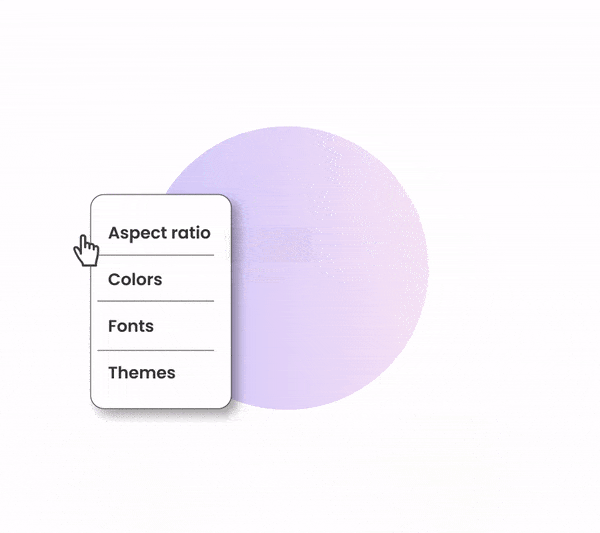
Template-based designs allow you to easily edit and iterate the image, style, and content elements. In addition, the latest creative automation tools come with built-in support for hundreds of languages allowing to build adapts rapidly.
Whether you are working with images or video, clipping, cropping, and masking can take hours. Many brands prefer to do it anyway in the interest of maintaining brand compliance.
However, creating ad variations for multilingual advertising has gotten a lot easier with the latest creative automation tools.
You can now generate variations automatically by simply importing the desired design/copy elements from a spreadsheet onto the creative automation platform.
The result: on-brand creative variations at an unbeatable speed. From the marketing perspective, feed-based editing can allow brands to create, hyper-personalized campaigns at scale based on performance goals.
It is easy to see how feed-based production applies to multilingual marketing campaigns. You can use it to import content in multiple languages from a simple spreadsheet into a variety of creatives. Spreadsheet-based language adapts has other advantages too.
For example, you can simplify the process by setting rules for copy length, color, size, alignment, etc. This guarantees brand compliance and enables a consistent brand experience for consumers across campaigns.
You can further simplify the localization process, for campaigns that are to be run across multiple channels, by leveraging an AI-based auto-sizing capability to reformat the creatives according to the sizes best-suited for your channels.
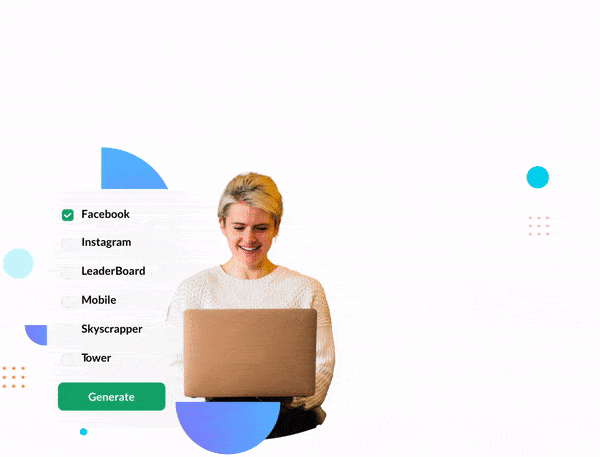
Move past design dependencies to have copies edited by translators and copywriters, on their own.
Brand managers can easily enforce adherence to guidelines by implementing brand rules and role-based access.
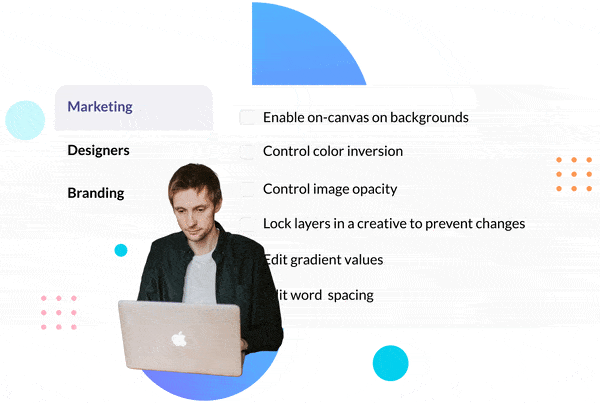
This means you can configure who can edit the creatives and to what extent – to ensure any changes made do not disrupt the design. The result: brands can localize their campaigns for language, tone, and context, at scale, without any scope for error.
Have you ever experimented with a banner and noticed a boost in engagement almost immediately? Now, you want to lose no time in optimizing the entire stock of creatives to drive performance.
However, you might have been forced to cut corners in the past due to the sheer effort involved in making campaign-level edits.
This is really unfortunate, given the time and effort you’ve invested in developing a multilingual marketing strategy.
However, you no longer have to go slow on creative refresh or those last-minute marketing translation-related corrections – thanks to the bulk editing feature.
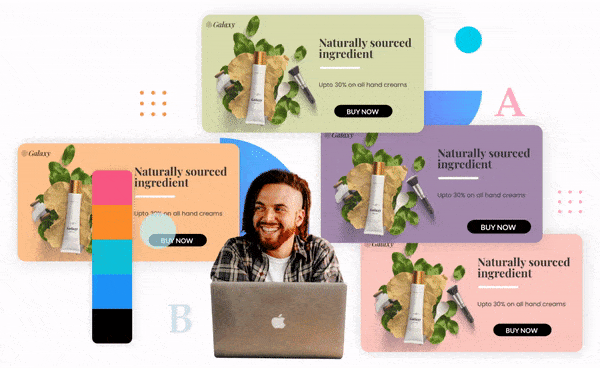
For a multilingual marketing campaign, this feature allows you to edit ad copy or CTAs for language and context instantly, validating those hard-won performance insights.
On the other hand, for consumer internet and eCommerce banners, that have a fairly straightforward copy and CTA for their product/service banners – translate existing banners to multiple languages in bulk with bulk edit.
What else can it solve? Keeping up with seasonal and weekly offers is no longer a problem!
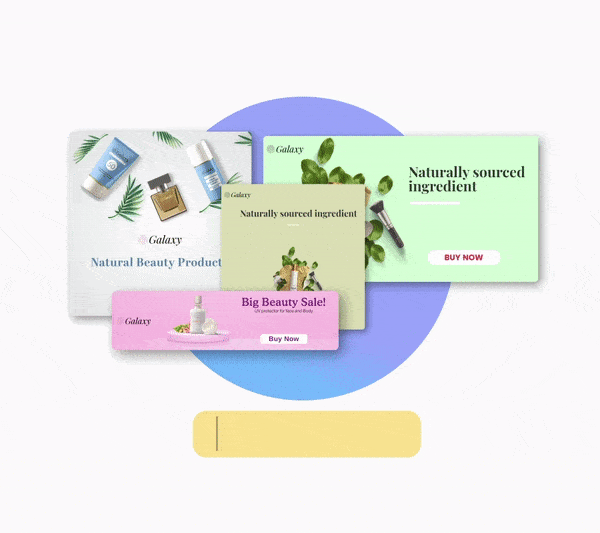
Creating fresh copy for a multilingual campaign requires copywriters, designers, and translators to work together. This adds another point of failure – in engineering parlance – to the creative production workflow.
Brand managers also have to keep their eyes peeled for any violation of compliance guidelines.
Even if you choose to outsource, there is plenty of scope to optimize manual digital marketing translation services.
With AI copywriter, refreshing CTAs and ad copy has become so much faster. For marketers, this means the freedom to test and iterate copies for different cohorts up until go-live.

For copywriters – who need to constantly come up with variations to run experiments, an AI-based copywriting feature may also be the perfect antidote to writer’s block.
Localizing ad creatives is a lot more than marketing translation. Contextual factors like country-specific holidays, currencies, or time zones also need to be taken into consideration. Creative automation has a huge role to play in delivering on-brand, relevant messaging that drives engagement and conversion.
Here’s how leading global brands are driving growth through high-volume multilingual marketing campaigns.

OkCredit, one of India’s leading digital ledger apps, is known for running high-velocity GDN acquisition campaigns across its presence in 2000+ cities.
The company’s primary audience is small retailers and wholesalers, with end consumers being a secondary audience.
A key pillar of its digital marketing strategy is multilingual marketing campaigns for which it uses banner ad variations in 10 different languages across different sizes.
Further, it also needs multiple versions of each banner ad for A/B testing various offers. The reason: the OkCredit team has to optimize for offers, referrals, and rewards in addition to the language.
Given the size of the target market, relevant messaging was a top priority for the company – all of which required customized creatives.
The company decided to adopt Rocketium’s creative automation platform to bridge the gap between demand and supply. Since then, OkCredit has not only accelerated its campaign turnaround time 5X but also refined its targeting strategy and streamlined its creative production process, and were able to create 3X more campaigns.
The team credits this transformative change to automation features such as template-based styling, feed-based scale, and bulk-editing.
Listen to them describe their experience in their own words:
Invygo is a fast-growing car subscription startup based out of the UAE. The company aims to disrupt the urban mobility market by enabling customers to use and replace dealer-verified cars without having to buy or lease one.
Invygo realized it needed hyper-personalized ads to engage diverse cohorts. The brand’s preferred medium was video ads, primarily on Facebook. It opted to push contextual ads to users based on browsing behavior and brand affinity.
For this, however, it needed to translate its English video ads into Arabic in bulk.
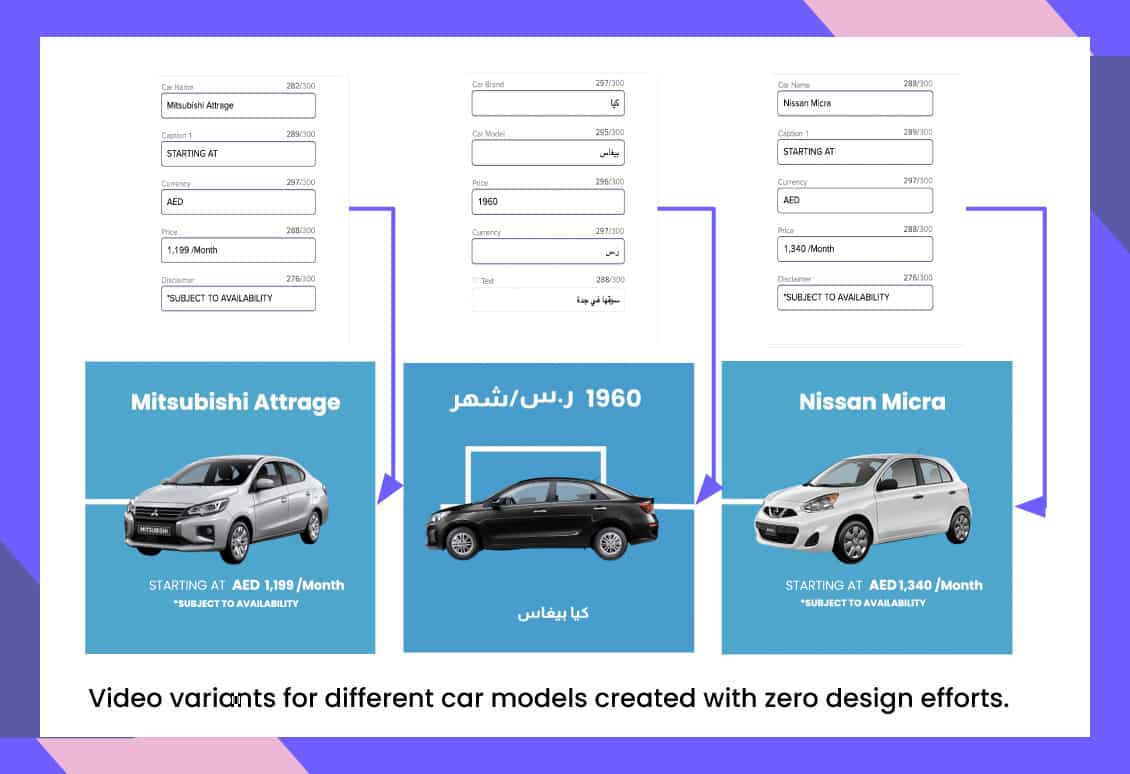
However, scale and speed were a challenge given the huge number of car models and associated offers. Since implementing creative automation, Invygo has managed to cut average creative production costs by around 80%.
The Invygo team has been leveraging advanced features such as base templates, and feed-based adapts (including font and style) to good effect in scaling campaigns- entirely in-house.
Customer expectations are fluid and dynamic. To stay relevant and on-brand, you need to be flexible and responsive. The ability to edit and refresh images and copy instantly can make all the difference between campaign success and failure.
That apart, even the most meticulously created banner or video ad is vulnerable to minor errors, which can impact brand safety and even alienate customers.
Creative automation can enable you to capture the right tone, style, emotion, and of course, the context in your multilingual marketing campaigns and help build customer loyalty.
Rocketium is an all-in-one creative management platform that allows marketers and designers to create, scale and manage omnichannel campaigns with precision. Our platform works seamlessly with existing tools and workflows to enable brand teams to deliver effective output.
Our solution is designed from the ground up to promote collaboration and brand compliance, thanks to features like Role-Based Access and Smart Digital Asset Management. Rocketium is a preferred creative production partner to national and international brands such as Urban Company, BigBasket, Meesho, Cult.fit, and CasaOne, among others.